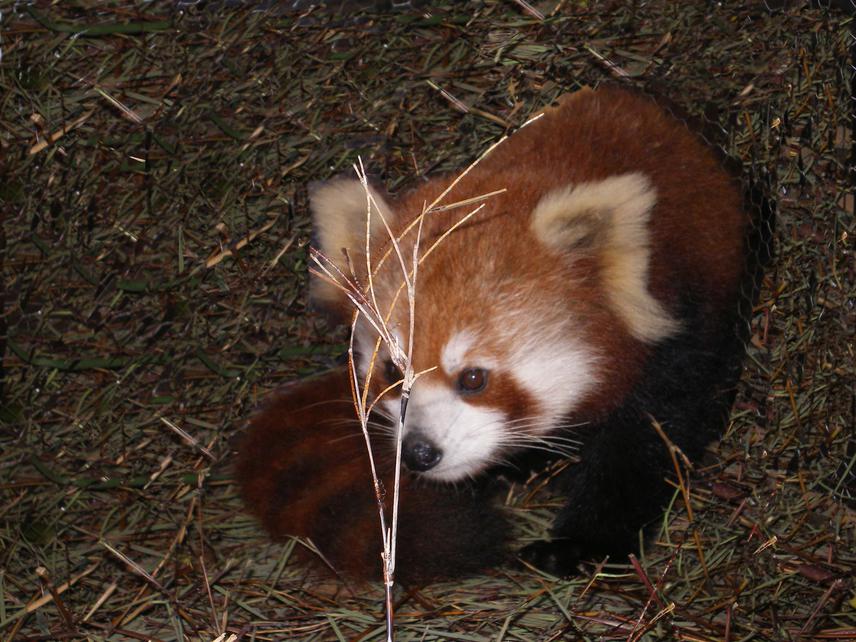Pema Dendup
Other projects
10 Sep 2015
The Winter Habitat Selection of Red Panda in Forest Research Preserve of Ugyen Wangchuck Institute for Conservation and Environment (UWICE) Bhutan
The project aims to analyse the effect of natural and anthropogenic disturbances and assess environmental variables on the occurrence of Red Panda.

Red panda rescued from the domestic dogs.
This project will be taking place in Thrumshingla National Park and the field works will be carried out in gewogs (sub district) namely Ura, Saleng and Chumey. Thrumshingla national park is home to the vulnerable Red Panda (Ailurus fulgens). As of today we are aware of the red panda presence but besides its presence, we are unaware of its ecology and some of the disturbances or threats to the species and its habitat (in case of Bhutan). My current objective is to study red panda occupancy with regards to its habitat with natural and anthropogenic disturbances. But my ultimate goal will be to ensure the survival of this vulnerable species throughout its range within the country. I know, this cannot be achieved with the meager effort of oneself and it needs a collective effort. With this project I will be trying to advertise the need for red panda conservation to rest of the conservationists, policy makers and public at large. This can be done by producing sound scientific paper and submitting to the park management. Through this project I hope that red panda will gain its conservation importance and its conservation efforts may grow from local to national level. After the completion of this project, the major outcome will be an availability of information on the park area occupied by red panda. Baseline information such as understanding the spatial occurrence of a species is one of the first steps for its conservation or management.
The second outcome is that we will also be able to know red panda distribution and types of habitat preferred by this species in the park. Knowing the extent of suitable habitat is very much crucial for planning and implementation of appropriate conservation activities.
The third outcome will be the documentation of different types and intensities of disturbances (both natural and anthropogenic) which are prevalent along different trails. Documentation of different disturbances can help plan proper monitoring protocol and thereby result in reduced intensity of disturbances.
The fourth outcome will be an availability of predicted red panda habitat map with which people park authorities can monitor the red panda habitats and such outcomes will help the park authorities in framing proper management plan or strategies in conserving this vulnerable species.